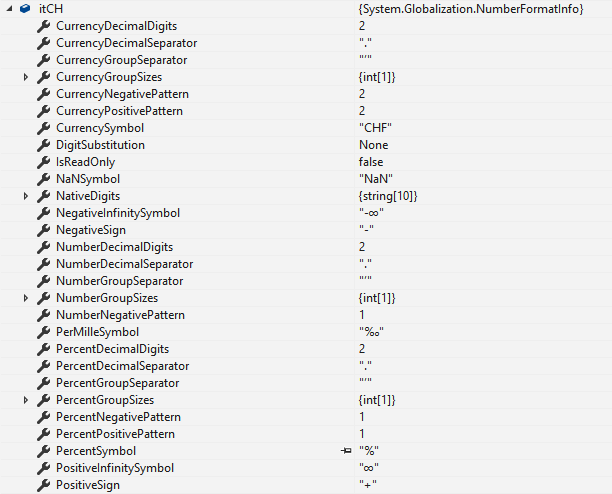

Notice that the profit figures on the vertical axis are not formatted as currency. The view in the following image shows profit over time. Note:Formatting numbers using the Format pane overrides any number formatting applied elsewhere. It is also exported when you export the connection information. The default number format is saved with the workbook. The field in the Data pane and select Default Properties > NumberĪ number format to be used whenever the field is added Set the default number format for a field See Number format codes (Link opens in a new window) in the Microsoft Knowledge Base for details. This format can be specified by a non-conditional Excel style number code. The value of 1 is interpreted as 100% andĬustom: format is based entirely on what is specifiedĬustom: type in the format you want to use. Percentage: numbers are displayed as a percentage Scientific: numbers are displayed in scientific notation.ĭecimal: the number of decimal places to display. Locale: currency format based on the geographical locationĬurrency (Custom): format and currency symbol The number shows separators every thousand (example: 100,000Ĭurrency (Standard): format and currency symbol If the number is 20,000 and the units are thousands, the number The number is displayed using the specified units. Negative Values: how negative values are displayed. Number (Custom): format is customized to yourĭecimal Places: the number of decimal places Locale: number format changes based on the geographical Number (Standard): format is based on locale On either the format specified by the data source or the data contained Here are the number formats and associated optionsĪutomatic: format is automatically selected based Some formats require additional settings.įor example, if you select Scientific, you must also specify In the Format pane, click the Numbers drop-down menu. Right-click (control-click on Mac) a measure or axis in the view and select Format. For Tableau Desktop Specify a number format You can use formatting, however, to handle the null values in a different way, such as hiding them. When a measure contains null values, the nulls are usually plotted as zero. Or you can define a custom number format using Microsoft Excel style Standard formats, such as number, currency, scientific, and percentage NOTE: In general, we recommend setting this to the total number of points gained for winning a match.When you format a measure, you can specify the number formatįor both the axis and the pane text. They are algorithmically assigned to a different player in the lowest point tier in each round. Byes are introduced when there’s an odd number of players. For example, if they're both set to 1 and a player wins a match 2-0, then the player gains 3 points total.ĭetermines number of points gained when paired with a bye. NOTE: Points per match and points per game stack.

R = log2(p) rounded up to nearest whole numberĭetermines number of points per match or set win.ĭetermines number of points per game within a match win. To calculate this number (also displayed in the admin as shown above): Generally, the ideal number of rounds results in a single player with a perfect record after Swiss is completed. It's important to provide enough rounds to adequately score players but not so many where the tournament is needlessly long. Once the event is created, go to the Bracket Setup page in your Tournament Settings, set the pool type to Swiss, and adjust the following:ĭetermines number of rounds played before standings are finalized or players are progressed.


 0 kommentar(er)
0 kommentar(er)
